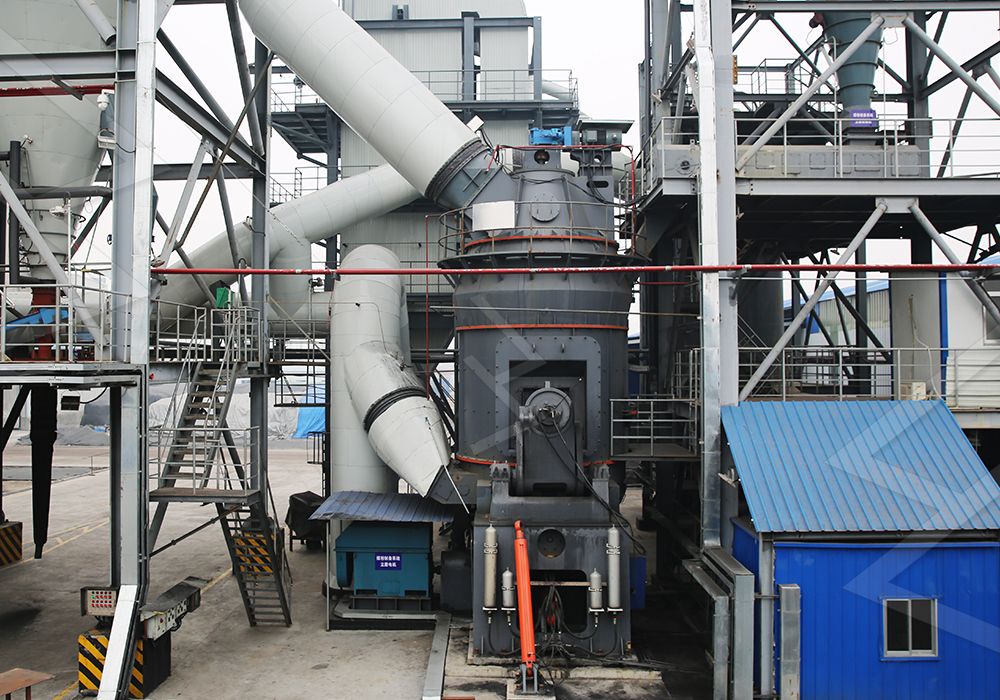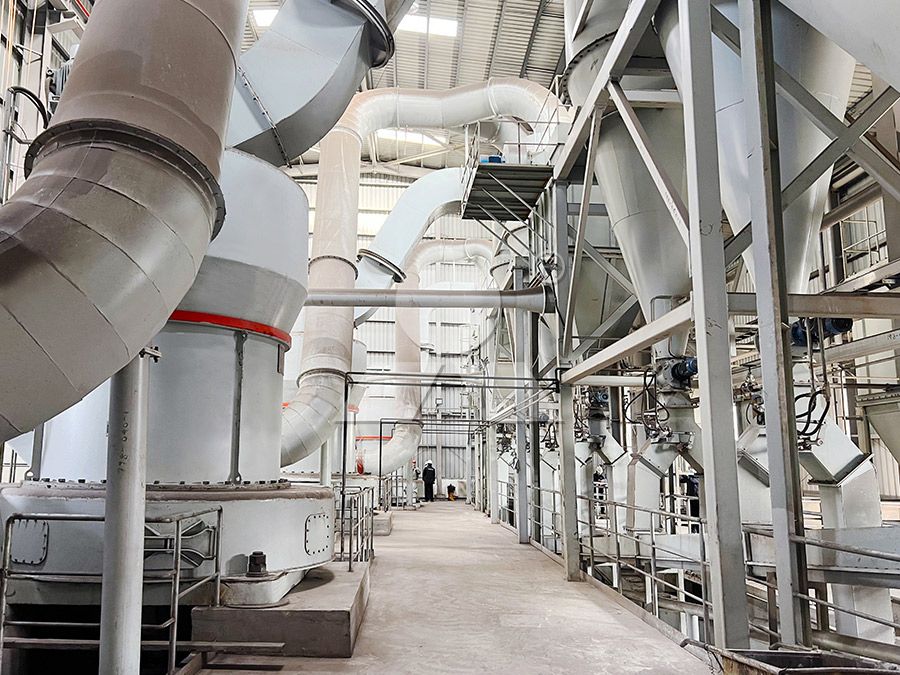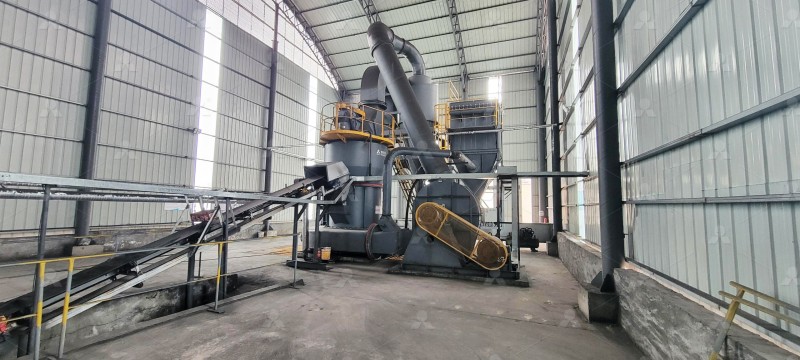Analysis of Technical Features of Environmentally Friendly Casting Pulverized Coal Vertical Mills
Analysis of Technical Features of Environmentally Friendly Casting Pulverized Coal Vertical Mills
The industrial sector’s growing emphasis on sustainable manufacturing has driven significant advancements in grinding technology, particularly for pulverized coal applications. Modern vertical mills have evolved beyond mere particle size reduction to become sophisticated systems balancing operational efficiency with environmental responsibility.
Traditional grinding approaches often struggled with excessive energy consumption and environmental contamination. Today’s advanced vertical mills address these challenges through integrated engineering solutions that optimize the entire grinding process while minimizing ecological impact.

Technical Evolution in Vertical Mill Design
The transformation in vertical mill technology centers around several critical innovations. Advanced grinding curve designs for rollers and rings have dramatically improved grinding efficiency, while sophisticated powder separation systems enable precise control over final product fineness. Modern mills incorporate intelligent limiting technologies that prevent destructive mechanical impacts during operation, ensuring equipment longevity and operational stability.
Environmental considerations have become central to mill design. Contemporary systems integrate comprehensive dust collection and noise reduction technologies directly into their operational framework. The implementation of negative pressure systems prevents dust escape, while specialized mufflers and noise elimination chambers maintain workplace noise at acceptable levels.
Operational Advantages of Modern Vertical Mills
Current-generation vertical mills demonstrate remarkable improvements in several key performance areas. Energy consumption has been reduced by 30-50% compared to traditional systems, while production capacity has increased significantly. The integration of drying, grinding, and classifying functions within a single unit reduces both footprint and comprehensive investment costs.
Material handling has seen substantial enhancements. Reduced material retention times minimize repeated grinding, while advanced roller and table designs create optimal material beds for efficient inter-particle crushing. These improvements contribute to more consistent product quality with lower iron contamination.

Specialized Solutions for Pulverized Coal Applications
For pulverized coal production, specific technical considerations come to the forefront. The MW Ultrafine Grinding Mill represents a significant advancement in this sector, offering input sizes up to 20 mm and capacities ranging from 0.5 to 25 tph. This equipment features an efficient pulse dust collector and muffler system that effectively controls both dust and noise emissions, ensuring minimal environmental impact throughout the production process.
The MW series incorporates several proprietary technologies that make it particularly suitable for environmentally sensitive applications. Its cage-type powder selector, utilizing German technology, provides exceptional separation precision, allowing product fineness adjustment between 325-2500 meshes. The unique design eliminates rolling bearings and screws within the grinding chamber, addressing common failure points and enabling continuous 24-hour operation.
Another notable solution for pulverized coal is the LUM Ultrafine Vertical Grinding Mill, which combines Taiwanese grinding roller technology with German powder separating expertise. This system handles input sizes up to 10 mm with capacities of 5-18 tph, featuring double position-limiting technology for enhanced operational stability and a reversible structure that simplifies maintenance procedures.
Environmental Performance and Compliance
Modern vertical mills are designed with comprehensive environmental protection as a core objective. Beyond dust and noise control, these systems address broader sustainability concerns through reduced energy consumption and minimized waste generation. The operational philosophy extends to maintenance practices, with external lubrication systems allowing continuous operation while reducing resource consumption.
Digital manufacturing techniques ensure high precision in core components, contributing to longer service life and reduced replacement frequency. This approach aligns with circular economy principles by extending equipment longevity and minimizing material waste.

Future Development Trends
The evolution of vertical mill technology continues to focus on enhancing both economic and environmental performance. Emerging trends include greater integration of artificial intelligence for operational optimization, advanced materials for wear parts to extend service life, and improved heat recovery systems to maximize energy utilization. The industry movement toward fully automated, smart grinding plants represents the next frontier in sustainable industrial processing.
Frequently Asked Questions
What makes modern vertical mills more environmentally friendly than traditional grinding systems?
Contemporary vertical mills incorporate integrated dust collection systems, noise reduction technologies, and energy-efficient designs that reduce power consumption by 30-50% compared to conventional systems. They operate under negative pressure to prevent dust escape and utilize advanced separation technologies that minimize waste.
How does the MW Ultrafine Grinding Mill achieve its high efficiency in pulverized coal production?
The MW Mill features newly designed grinding curves that enhance grinding efficiency, producing 40% higher capacity than jet grinding mills with the same power consumption. Its cage-type powder selector enables precise fineness control between 325-2500 meshes, while the absence of internal bearings and screws eliminates common failure points.
What maintenance advantages do modern vertical mills offer?
Systems like the LUM Ultrafine Vertical Grinding Mill incorporate reversible structures and external lubrication systems that allow maintenance without shutdown. Hydraulic adjustment systems enable easy roller removal for inspection and part replacement, significantly reducing downtime and associated costs.
How do these mills ensure consistent product quality for pulverized coal?
Advanced vertical mills utilize precise control systems for grinding pressure and rotation speed, combined with multi-head powder separating technology. This ensures uniform particle size distribution and consistent product characteristics, with minimal iron contamination from mechanical wear.
What environmental standards do these grinding systems meet?
Modern vertical mills are designed to comply with international environmental protection standards, featuring comprehensive dust collection achieving d97≤5μm filtration, noise levels below regulatory limits, and energy consumption metrics that support sustainability objectives.
